
Almost every person knows that the heart and blood vessels, along with several other things, are the parts that compose the circulatory system. Arteries, veins and capillaries are these other parts. However, there are not that many people who are aware of the fact that the body consists of two circulatory systems. These are the pulmonary circulation and the systemic circulation. The first system is not a long loop from the heart to the lungs and back again. The other is responsible for sending blood from the heart to all the other body parts and back again.
Facts about heart
Every person knows that the heart is the most important part of the circulatory system because it makes sure that all the body parts receive blood. An interesting fact is that the heart beats some 100,000 times in one day. The heart will also receive messages from the body parts, telling him whether to pump more blood or not. These messages are sent according to the individuals needs. It is normal for the heart to pump slower when people sleep and faster when they are frightened, for instance. People should also know that there are four chambers in the heart. Arteries are the ones who are responsible for carrying the blood from the heart. When systemic circulation is considered, the oxygen-rich blood is pumped from the heart into the aorta. The other main artery of the body is the pulmonary artery and this one is responsible for the carrying of the oxygen-poor blood. People should also know that the arteries have three layers. Veins are responsible for the blood returning to the heart and veins and arteries are connected by capillaries.
Problems of the heart and circulatory system
First of all, people should know that these problems are quite common. According to certain researches, over 64 million people in the US suffer from some type of cardiac problem. It is not only the old people who suffer from these problems, but also the young ones. Experts have categorized these problems into two categories, congenital and acquired problems. Congenital heart defects are present when a person is born. It is not uncommon for them to be caused by genetic disorders. Heart murmur is a common sign of congenital defects. Apart from congenital heart defects, a person may also suffer from arrhythmia, cardiomyopathy, coronary artery disease and hypercholesterolemia. High blood pressure or hypertension, Kawasaki disease, stroke and rheumatic heart disease are also possible and common cardiovascular problems.


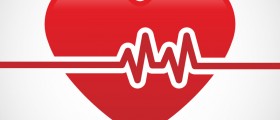



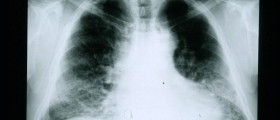
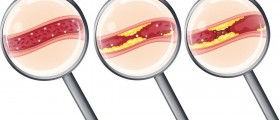
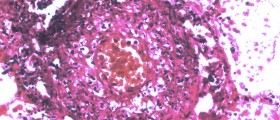


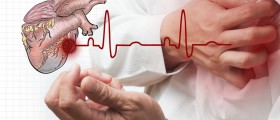




Your thoughts on this
Loading...